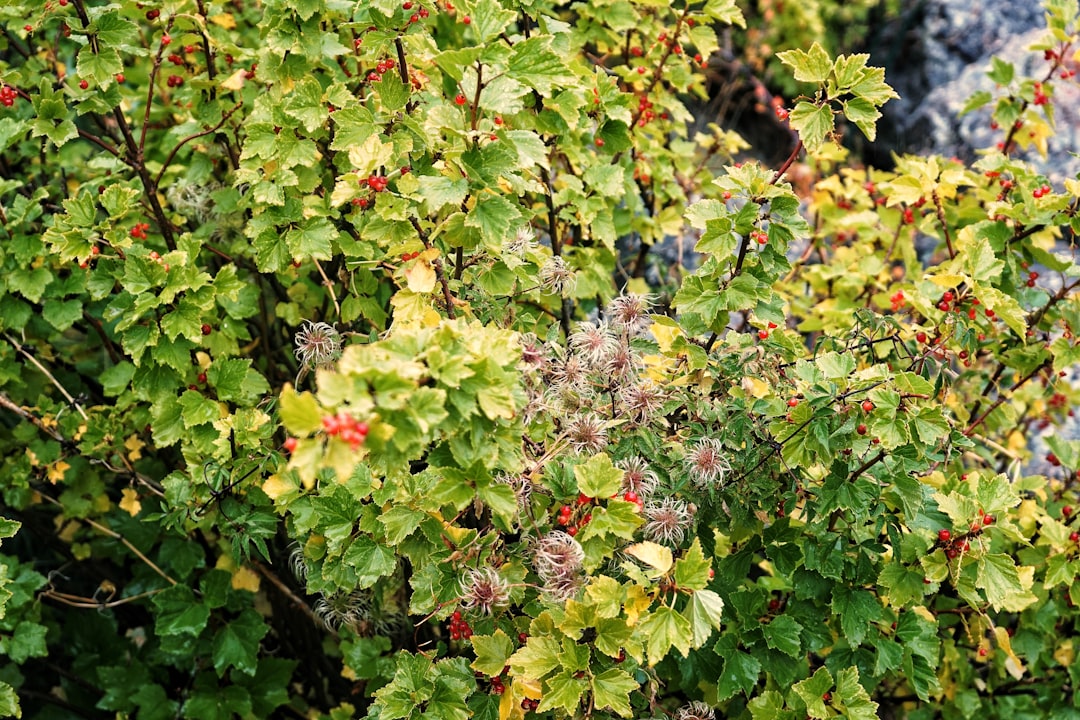The Resilient Double - Blossoming Shrub: A Cold - Region Gem

In the world of gardening, finding the right plants for colder regions can be a challenging yet rewarding endeavor. One such plant that stands out as a remarkable option is the hardy, double - blossoming shrub. This shrub serves as a beautiful and practical alternative to the more frost - tender cherries that often struggle in colder climates.
Let's first explore the characteristics of this double - blossoming shrub. Its double blossoms are a sight to behold. The layers of petals create a full and lush appearance, adding a touch of elegance to any garden. The colors can range from soft pastels to vibrant hues, depending on the specific variety. Unlike some other flowering plants, these shrubs are not just about looks; they are also quite resilient.
In colder regions, the harsh winter conditions can be a death sentence for many plants. Frost, freezing temperatures, and strong winds can damage or even kill delicate specimens. However, this double - blossoming shrub has evolved to withstand these challenges. Its hardiness is due in part to its thick bark and well - developed root system. The thick bark acts as a protective layer, shielding the inner tissues from the cold. The roots, on the other hand, are able to anchor the plant firmly in the ground and absorb nutrients even in frozen soil.
When it comes to planting this shrub, there are a few key considerations. First, choose a location that receives plenty of sunlight. While it can tolerate some shade, full sun will encourage the best growth and the most abundant blooms. The soil should be well - drained. This is crucial because waterlogged soil can lead to root rot, especially in colder temperatures when the soil takes longer to dry out. You can improve the soil drainage by adding organic matter such as compost or peat moss.
Another aspect to keep in mind is the spacing. These shrubs need enough room to grow and spread. Plant them at least a few feet apart to allow for proper air circulation. This will help prevent diseases and ensure that each plant has access to the necessary nutrients and sunlight.
Pruning is an important part of maintaining the health and appearance of the double - blossoming shrub. It is best to prune in late winter or early spring, before new growth begins. Remove any dead, damaged, or diseased branches. You can also shape the shrub to your desired form. However, be careful not to over - prune, as this can reduce the number of blooms.
One of the great advantages of this shrub is its versatility. It can be used in a variety of garden settings. For example, it can be planted as a border along a walkway or driveway, creating a colorful and inviting entrance. It can also be incorporated into a mixed - plant bed, where it can complement other shrubs, perennials, and annuals. In larger gardens, it can be used as a focal point, drawing the eye and adding a sense of drama.
Compared to frost - tender cherries, this double - blossoming shrub offers many benefits. Cherries often require more care and protection in colder regions. They may need to be covered during cold snaps or planted in sheltered locations. In contrast, the double - blossoming shrub can thrive with less intervention. It is also less prone to certain pests and diseases that commonly affect cherries, such as cherry fruit fly and brown rot.
In conclusion, the hardy, double - blossoming shrub is a wonderful addition to any garden in colder regions. Its beauty, resilience, and versatility make it a top choice for both novice and experienced gardeners. By following the proper planting and care guidelines, you can enjoy the stunning blooms of this shrub for years to come.